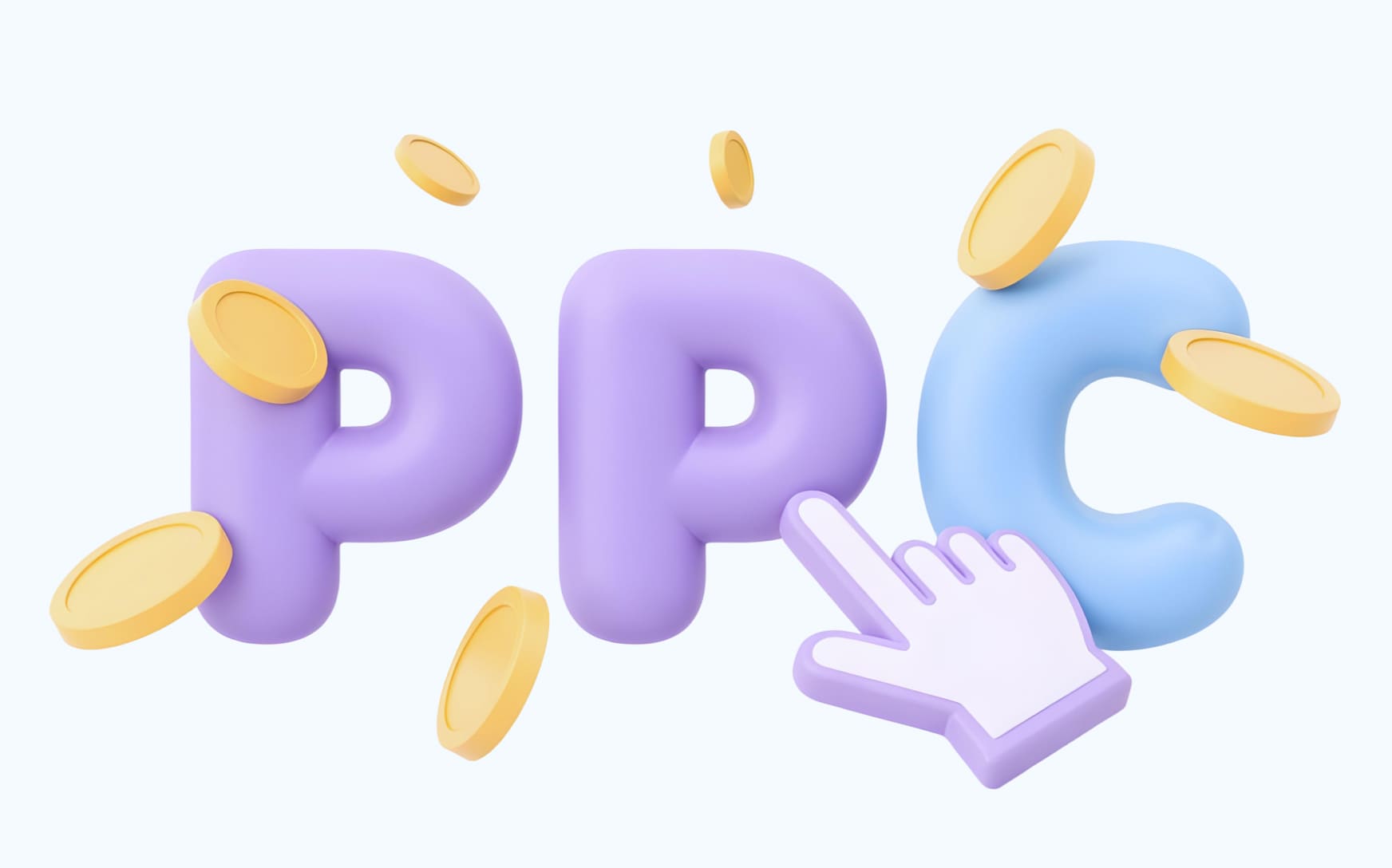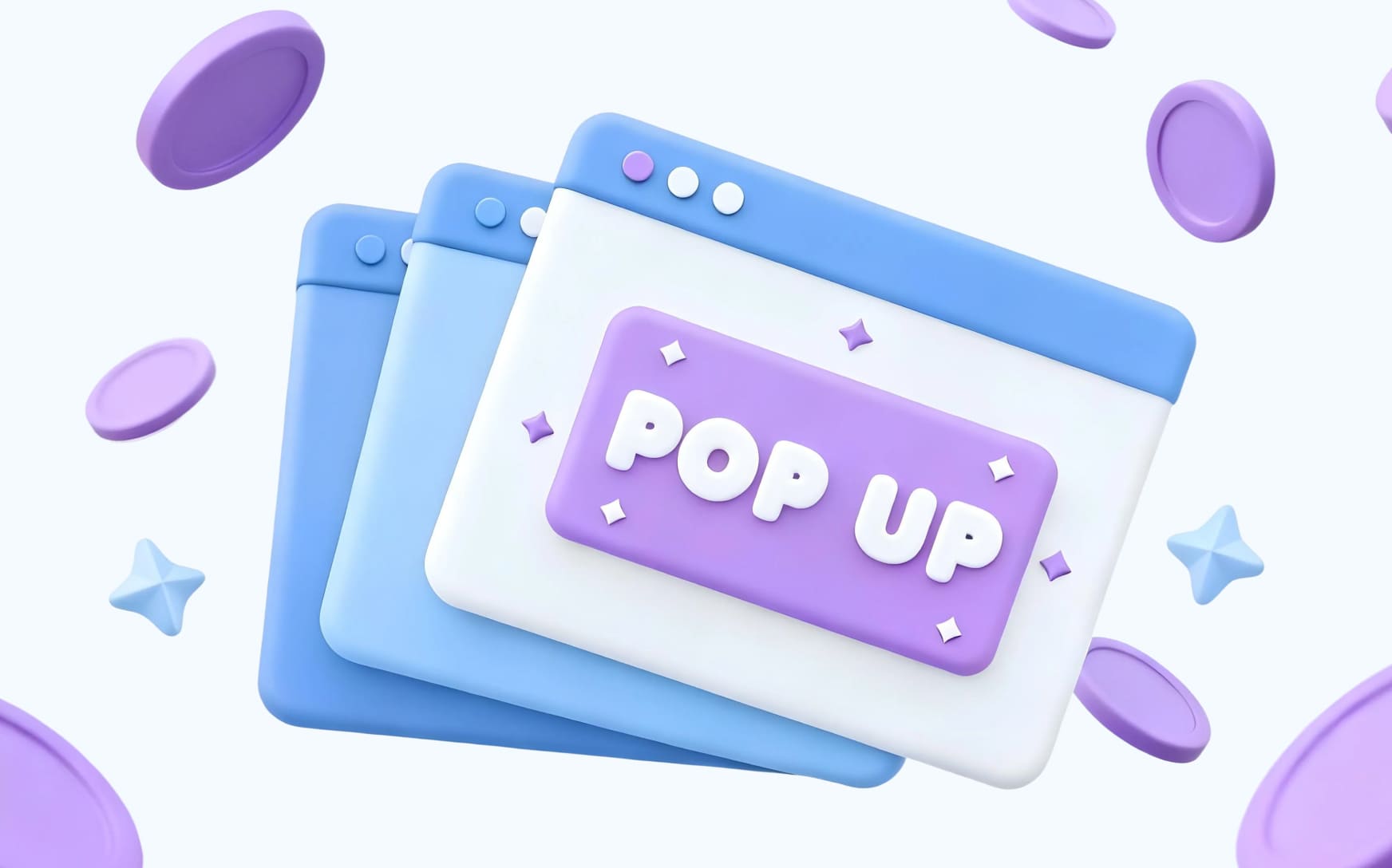The best PPC advertising platforms in 2025 are Google Ads, Microsoft Advertising, Meta Ads, Amazon Ads, LinkedIn, TikTok, X, Pinterest, Taboola, and Outbrain. Each has different traffic types, targeting and bidding models. Affiliates looking for more flexibility can also use alternatives like ROIads ad network with push and pop traffic for faster testing and higher ROI.
Online advertising evolves, yet PPC advertising platforms remain the foundation for marketers. Whether it’s search, display, social or native inventory, the model is the same: advertisers pay only for clicks. These are often referred to as pay per click networks, CPC sites or PPC ad networks and connect advertisers with publishers in a measurable, performance-driven way.
In this article, we’ll look at the top pay per click advertising websites in 2025, and how they differ. You’ll also see where affiliates can go beyond traditional PPC and test new traffic sources to maximize ROI.
🔥 Hot Picks: Top 3 PPC Networks
1. Google Ads — Over 90% of global search market share and access to millions of websites via Display Network. Best for high-intent traffic and full-funnel performance.
2. Meta Ads (Facebook & Instagram) — Reaches 3+ billion active users monthly with advanced behavioural targeting and top CPM/CPC scalability for social campaigns.
3. Amazon Ads — Used by 9 out of 10 online sellers, with highest purchase intent and direct product placement at the point of sale.

There are dozens of PPC advertising networks in the market, but only a few dominate when it comes to scale, targeting, and proven results. These are the platforms where both advertisers and publishers generate the bulk of clicks and revenue. Below we’ll review the top 10 pay per click platforms in 2025, looking at their strengths, traffic sources, and unique features.
Top 10 PPC Advertising Platforms
6. TikTok Ads
7. X Ads (Twitter)
8. Pinterest Ads
9. Taboola
10. Outbrain
1. Google Ads
Google Ads is the largest PPC platform globally, with around 85-90% of all search ad spend. According to industry data, it processes over 8.5 billion searches per day and reaches over 90% of internet users via the Display Network (over 2 million partner sites and apps). YouTube alone has over 2.5 billion logged-in monthly users, making it one of the strongest PPC video environments. Google Ads generates over $230+ billion in ad revenue annually (based on public financial reports), so it’s the king of search-driven PPC.
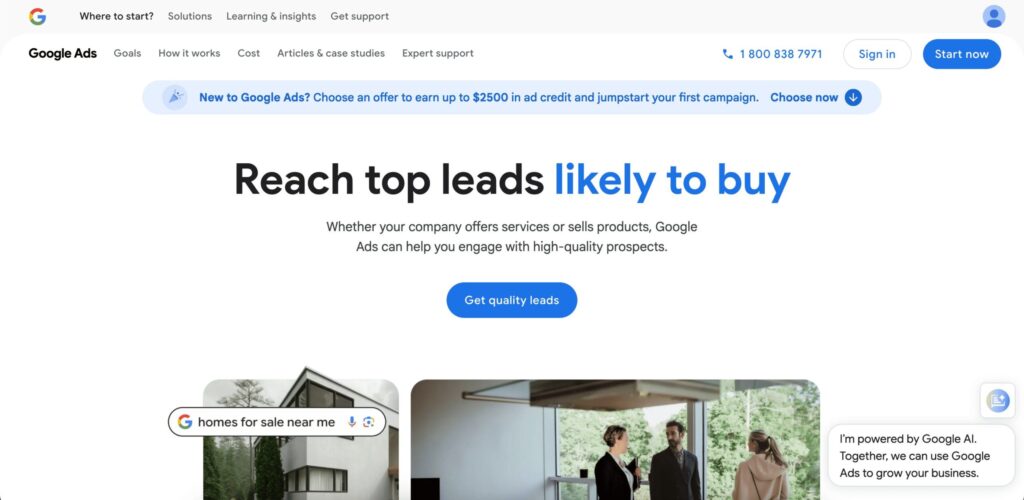
Advantages
- Huge reach: 8.5B+ daily searches and 2M+ partner sites.
- High-intent targeting via keyword bidding and in-market audiences.
- Multiple formats (search, display, shopping, video) for full-funnel campaigns.
- Algorithmic optimization and automated bidding.
- Detailed analytics and cross-device conversion tracking.
Disadvantages
- High competition means rising CPCs, especially in Tier-1 countries.
- Strict moderation and policy limitations for sensitive affiliate verticals.
- Requires structured optimization and budget control to be profitable.
2. Microsoft Advertising
Microsoft Ads covers search inventory across Bing, Yahoo and AOL, reaching around 1.2-1.3 billion monthly users. It processes around 3-4% of global search queries, but in some Tier-1 markets (US, UK, Canada) its share is 6-9%, which makes it valuable for incremental high-intent traffic. On average, CPCs are 20-35% lower than Google Ads, and the platform integrates LinkedIn profile data for targeting by job title, company size and industry — useful for B2B. The Microsoft Audience Network expands reach through premium native and display placements, covering 500,000+ sites and apps.
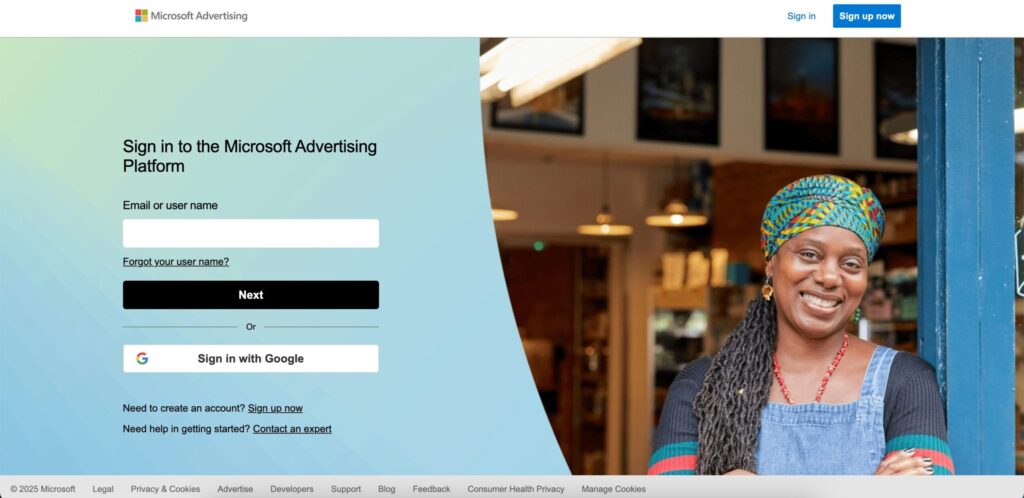
Advantages
- Lower CPCs than Google (approximately -20-35%).
- Additional search traffic via Bing, Yahoo and AOL.
- LinkedIn data for precise B2B targeting.
- Good visibility in Tier-1 markets and strong quality intent signals.
- Native and display expansion through Microsoft Audience Network.
Disadvantages
- Smaller overall scale than Google.
- Automation tools and algorithm optimization not as advanced.
- Limited adoption for competitive verticals, so volumes can be insufficient at scale.
- Some niche traffic requirements may require manual setups and testing.
3. Meta Ads
Meta (Facebook, Instagram, Messenger, Audience Network) gives access to over 3 billion monthly active users, making it the biggest social PPC platform. Average mobile usage time is 2+ hours per day, and most campaigns run on in-feed and Stories placements. Unlike search platforms, Meta builds demand before users actively look for a product, which is why it’s effective for scaling e-commerce, apps and lead gen. CPCs are often lower than search in Tier-2 and Tier-3, but in Tier-1 cost growth is noticeable. Algorithm performance depends heavily on creative quality and testing structure.

Advantages
- Huge audience reach (3B+ users) with high mobile engagement.
- Deep behavioural and demographic targeting plus powerful retargeting tools.
- Works well for demand creation and social-driven funnels.
- Fast scaling when creatives perform.
Disadvantages
- Rising competition in Tier-1 drives costs up.
- Platform heavily depends on creative quality and frequent testing.
- Policy restrictions and account bans are common in sensitive verticals.
4. Amazon Ads
Amazon Ads gives access to users already in purchase mode, which is why conversion rates are often higher than on search or social. The platform reaches over 300 million active shoppers and generates around 37% of total US e-commerce sales. Sponsored Products remain the most-used format, followed by Sponsored Brands and Display. In many categories, advertisers see up to 10–20% conversion rates directly from product page traffic. Amazon now also offers off-site display and video campaigns using its first-party shopping data, which few platforms can match in terms of buyer intent.
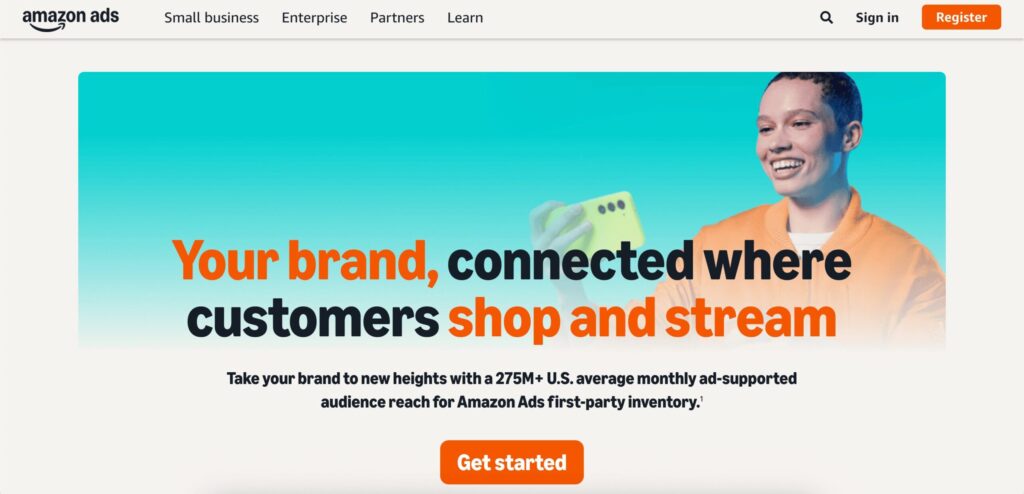
Advantages
- High-intent users already searching for products.
- Strong conversion rates (10–20% in many product categories).
- Access to rich first-party shopping data.
- Multiple formats cover awareness and direct purchase.
Disadvantages
- Only relevant if you sell via Amazon or have retail presence.
- High competition in saturated product categories.
- CPCs can spike during seasonal sales and peak events.
5. LinkedIn Ads
LinkedIn has around 1 billion registered users, with more than 65 million decision-makers and 17 million opinion leaders, which makes it the strongest PPC platform for B2B. Campaigns usually target by job title, industry, seniority, or company size — something нет ни у одной другой платформы. Average CPCs are among the highest on the market (often $5–$12+ per click in Tier-1), but leads are typically high value, especially in SaaS, finance, and education. In 2025, LinkedIn expanded formats to include video, lead-gen forms and conversation ads, which improved conversion flow and made scaling easier.
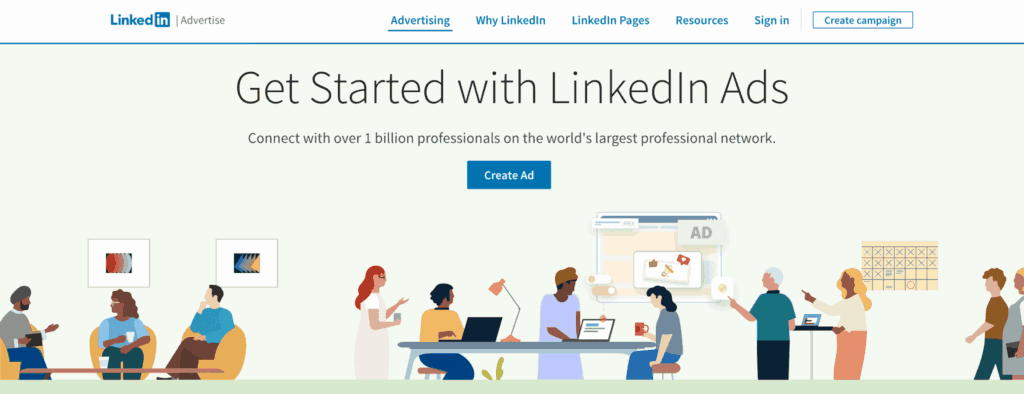
Advantages
- Precise professional targeting not available on other platforms.
- High-quality leads ideal for SaaS, finance and B2B services.
- New formats (video, lead-gen, conversation ads) improve conversion flow.
Disadvantages
- High CPCs in competitive regions.
- Smaller reach compared to Meta or Google.
- Requires strong funnel — not suitable for rapid or low-budget testing.
6. TikTok Ads
TikTok has 1.5 billion+ monthly active users, with average daily usage over 90 minutes — one of the highest engagement rates among PPC platforms. Most campaigns run via short-form video and in-feed ads, where performance scales quickly if creatives match audience trends. For many e-commerce and mobile app advertisers, CPMs and CPCs in Tier-2 and Tier-3 can be 30-50% lower than on Meta, making it good for testing. Spark Ads and branded effects help boost authenticity and virality, but campaigns rely heavily on creative quality.
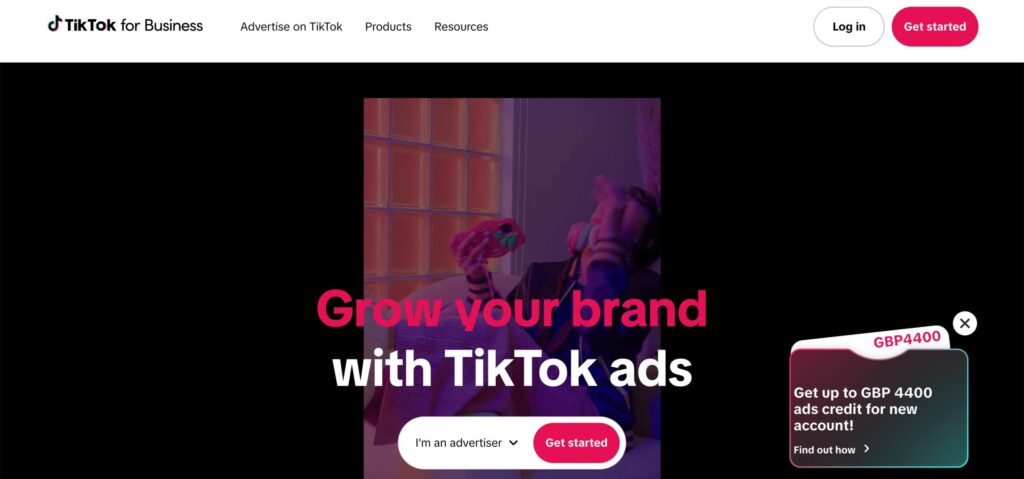
Advantages
- Extremely high engagement and long session time.
- Lower CPMs and CPCs in Tier-2/3 vs Meta, good for testing.
- Strong scaling when creative performs well.
- Native ad formats blend in with content.
Disadvantages
- Heavy creative reliance — fatigue hits fast.
- Policy restrictions in some niches, limited performance in “serious” sectors.
- Algorithm rewards trend-based content, so requires constant adaptation.
7. X Ads (Twitter)
X has 550+ million monthly active users, with most engagement happening in real-time around news, events and trending topics. Average session duration is shorter than other platforms, but click engagement is high during active conversations. CPCs are lower than Meta and LinkedIn in many markets. X is used for promoted tweets, short video ads and engagement-based formats. Good for event-driven campaigns, product launches and influencer tie-ins, but requires precise timing to catch active conversations.

Advantages
- Strong engagement around real-time topics and events.
- Lower CPCs compared to Meta and LinkedIn in many markets.
- Good for launches, announcements and influencer-driven activity.
Disadvantages
- Shorter attention span, harder to build long-term funnels.
- Overall reach smaller than Google or Meta.
- Campaign performance depends heavily on timing and trending relevance.
8. Pinterest Ads
Pinterest has 480+ million monthly active users, and over 45% of them use the platform to plan future purchases — very valuable for e-commerce. 80% of users are actively searching for ideas, not just consuming content, so click intent is stronger than most social platforms. Pinterest Ads supports dynamic product catalog uploads, shoppable pins and retargeting — good for lifestyle, fashion, beauty and home décor. CPCs are lower than Meta in Tier-2 and Tier-3, and conversion rates improve when creative matches the “idea planning” user mindset.
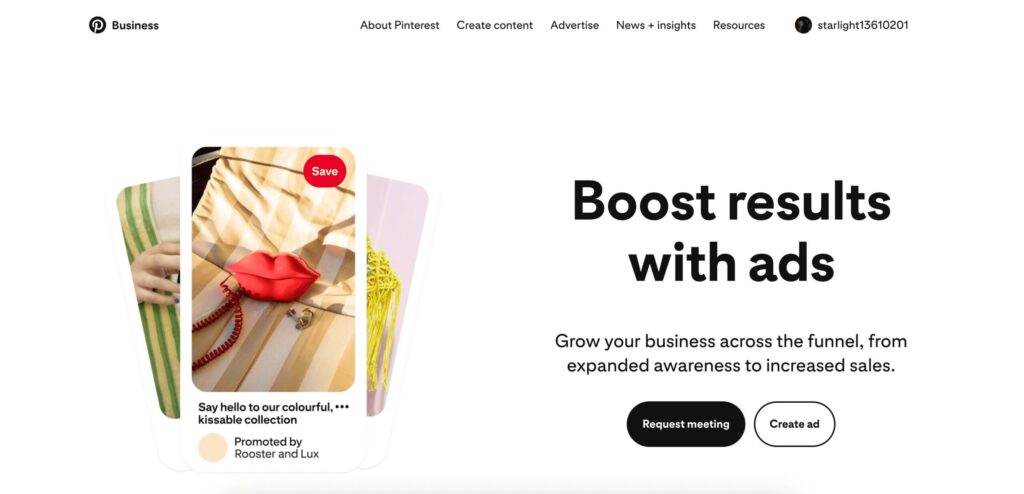
Advantages
- High purchase intent — users plan future buys.
- Good for lifestyle, fashion, beauty and home décor.
- Supports product catalogs, dynamic ads and shoppable pins.
- Lower CPMs in Tier-2/3 vs Meta.
Disadvantages
- Smaller audience than mainstream social platforms.
- Requires high-quality creatives designed for visual discovery.
- Performance drops if campaigns don’t match planning-focused user behavior.
9. Taboola
Taboola works with over 9,000 premium publisher sites, reaching over 500 million daily active users worldwide. As a native PPC platform, it blends ads into editorial content, which helps drive clicks from curiosity rather than direct intent. Taboola has 450+ billion impressions per month and native placements tend to perform better on long-form or content funnel offers. In 2025 it added video ads and e-commerce integrations and uses AI based optimization to improve relevance and click probability. It’s used for content funnels, lead gen and e-commerce scaling.

Advantages
- 450B+ impressions monthly across premium news sites.
- Native format blends into editorial content, better engagement.
- Good performance for content, e-commerce and lead gen.
- AI based targeting improves user relevance.
Disadvantages
- CTR relies heavily on creative quality — weak headlines kill performance.
- Conversion rate often depends on pre-landers, not direct offers.
- CPCs can rise in Tier 1 without proper optimization.
10. Outbrain
Outbrain works with over 7,000 premium publishers, including major media outlets, and reaches more than 350 million daily active users worldwide. Like Taboola, it delivers ads as sponsored editorial recommendations but places more emphasis on brand-safe environments and controlled placements. Outbrain has over 300 billion impressions monthly and is used by advertisers who want native volume without sacrificing placement quality. In 2025, it added conversion-based bidding and automated creative testing which helps optimize funnels for both awareness and performance campaigns.
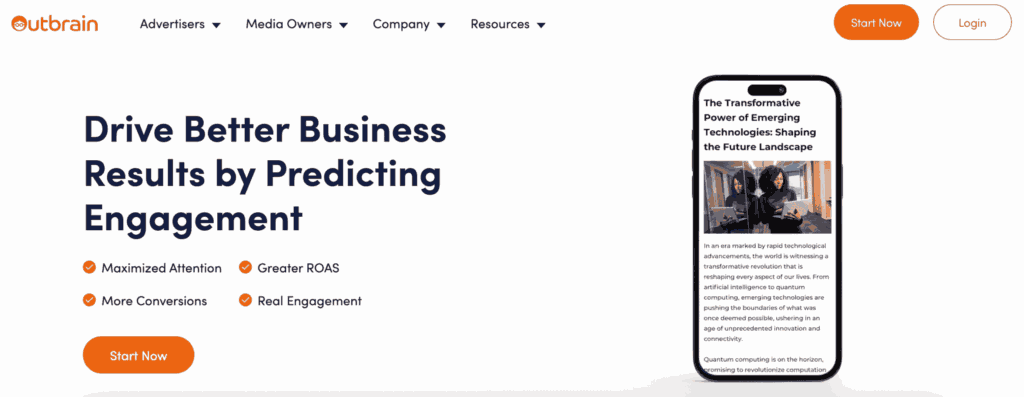
Advantages
- Strong publisher network with strict brand-safety standards.
- Native ads blend well with editorial content, better engagement.
- Conversion-based bidding and automated creative testing support optimization.
- Good balance between scale and controlled placements.
Disadvantages
- CPCs typically higher than smaller native platforms due to premium inventory.
- Requires quality creatives and strong pre-landers to convert.
- Scaling can be slower if campaigns are too performance-focused from the start.
Beyond PPC: Performance Marketing Alternatives
The ten PPC advertising platforms above cover most of the mainstream options for advertisers: search, display, social, and native. They deliver scale, but also come with limitations — high competition, strict compliance rules and restrictions, rising CPCs. For affiliates and performance-driven teams, this can slow down testing and eat into ROI.
That’s why many advertisers look beyond traditional pay per click networks. Push and pop traffic, for example, provides another path: faster approval, lower entry budgets, and the ability to test multiple angles without getting blocked by strict policies.
One of the strongest players in this space is ROIads, a global advertising network focused on push and pop traffic. Unlike classic CPC ad networks, ROIads is built specifically for affiliates and performance marketers:
- Traffic formats: high-quality push and pop inventory.
- Optimization: AI bidding technology and Micro bidding to control sources on a granular level.
- Campaign tools: CPA Goal feature, detailed analytics, transparent stats.
- Verticals: gambling, betting, dating, finance, antiviruses, and more.
- Support: personal manager for deposits starting from $500, with custom creatives if needed.
For advertisers, who want to complement their mainstream PPC campaigns with flexible, conversion-oriented traffic, ROIads serves as a proven alternative. It’s not about replacing Google or Meta, but about diversifying to maximize conversions and protect ROI.
FAQ: PPC Advertising Platforms in 2025
❓What does “PPC” really mean in 2025?
PPC, or pay per click is one of the simplest and most measurable models in online advertising. Instead of paying for impressions, advertisers are charged only when a user actually clicks on their ads. This makes PPC advertising networks very attractive for anyone who needs predictable spend, detailed analytics and performance-driven results.
In 2025, PPC means more than just search. Today’s PPC websites include:
- Search engines (Google, Bing) where advertisers bid on keywords to capture intent-driven traffic.
- Display and native placements that appear on publisher websites and apps, sold by large CPC ad networks like Taboola and Outbrain.
- Social platforms like Meta, TikTok and LinkedIn where clicks are generated by ads integrated into feeds.
For advertisers, the benefit is clear: every dollar of the budget can be tied to specific campaigns, measured in terms of CTR, CPC, conversions and ROI. For publishers, the model provides monetization opportunities by selling quality traffic in a predictable, scalable way. What defines PPC in 2025 is not just the click itself but the optimization layer on top of it. Platforms now rely heavily on algorithms, signals and machine learning to match ads with users who are most likely to convert. This makes cam
❓How to choose the best PPC platform for your campaigns?
Not all PPC advertising platforms work the same way. Some are built for intent-based traffic through keywords and search queries, others for display, social or native placements. Choosing the right network depends on clear criteria:
1. Define your goals
- Traffic volume vs conversion quality.
- Short-term testing vs long-term scale.
- Brand campaigns vs direct response performance.
2. Understand targeting depth
- Search engines = intent-based keywords.
- Social = demographic, behavioral, lookalikes.
- Display/native = contextual placements and interest groups.
3. Check creative formats
- Text ads for search.
- Image/video for social and display.
- Native content units for editorial placements.
4. Budget and bidding flexibility
- Manual CPC vs. automated strategies.
- Minimum campaign budgets vary across PPC ad networks.
- Daily pacing and bid caps help protect spending.
5. Analytics and optimization tools
- Built-in dashboards track CTR, CPC, conversions, and ROI.
- Advanced platforms allow API integrations, offline conversion imports, or third-party tracking.
6. Compliance and restrictions
- Sensitive verticals like gambling, finance, or health may face strict limitations on mainstream pay per click networks.
- Affiliates often need pre-landings, disclaimers, or safe angles to pass moderation.
❓Which PPC networks deliver the highest ROI?
ROI depends on the niche but in most cases Google Ads and Meta Ads deliver the best for intent based and social driven campaigns. Amazon Ads is best for e-commerce and LinkedIn Ads for B2B. For fast testing and performance in restricted niches many affiliates switch to push and pop networks like ROIads where entry budgets are lower and optimization is more flexible.
❓What ad formats work best for PPC campaigns?
For high intent — search text ads and shopping ads work best. For engagement and scaling — in-feed social ads and short-form video (TikTok, Meta) convert well. Native placements work for content funnels and push and pop ads for testing angles quickly and optimizing at lower cost especially in performance niches.
Conclusion
Top PPC advertising platforms deliver scale and precision but also come with high costs and strict policies. For affiliates who want to test faster and have more flexible traffic, mainstream pay per click networks aren’t always enough.
That’s where ROIads comes in. With push and pop formats, AI-driven bidding and granular source controls, it’s a performance-focused alternative.
Ready to go beyond classic PPC and get higher conversions and stronger ROI? Launch your next campaigns with ROIads.
